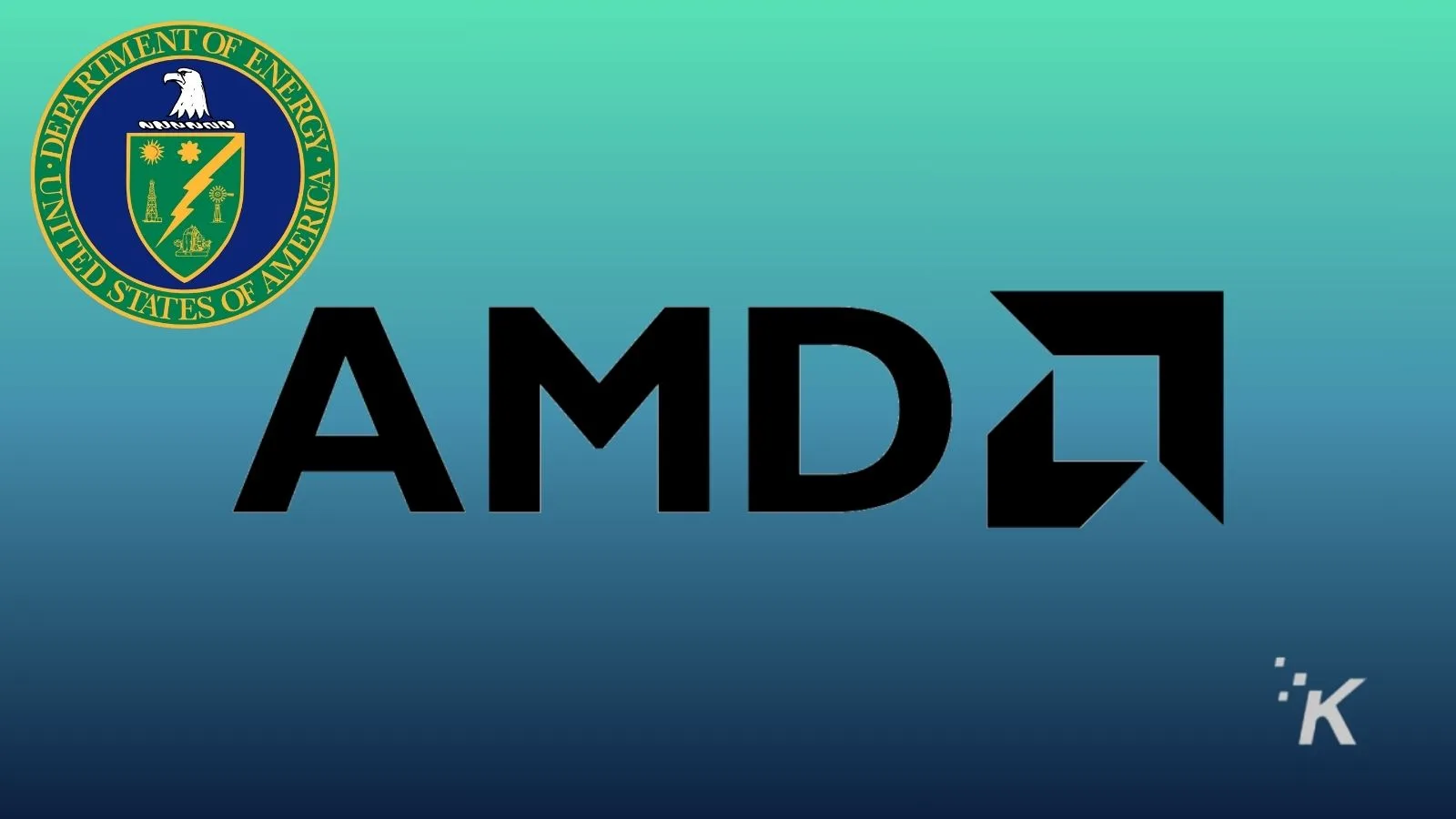AI
US DOE partners with AMD for $1 billion AI supercomputer
It’s a massive computing system designed to train and fine-tune large AI models to speed up breakthroughs in science, energy, and national security.

Just a heads up, if you buy something through our links, we may get a small share of the sale. It’s one of the ways we keep the lights on here. Click here for more.
AMD just landed a billion-dollar date with the US Department of Energy, and it’s bringing Oracle and Hewlett Packard Enterprise along for the ride.
The trio is building not one, but two new supercomputers for Oak Ridge National Laboratory (ORNL) in Tennessee: one called Lux (coming in 2026) and another named Discovery (arriving fashionably late in 2029).
If the names sound dramatic, that’s because they are. Lux is billed as America’s first AI Factory, which sounds like something out of a sci-fi movie where the robots start building themselves.
In reality, it’s a massive computing system designed to train and fine-tune large AI models to speed up breakthroughs in science, energy, and national security.
AMD describes it as “purpose-built” for data-heavy, model-crunching workloads. In other words, it’s the world’s most expensive gym membership for AI.
Then comes Discovery, which promises to take what Frontier, ORNL’s current supercomputer and the world’s former speed champion, did and turn the dial up even further.
AMD says Discovery will deliver “Bandwidth Everywhere,” which basically means it’ll move information around faster and more efficiently than ever before, all while sipping less energy.
The machine will help scientists cook up new breakthroughs in areas like clean energy, advanced materials, national security, and manufacturing.
Think: next-gen batteries, better semiconductors, and maybe even the elusive perfect catalyst.
AMD’s no stranger to this game. It already helped build Frontier and El Capitan, two of the fastest computers ever made.
But this latest deal signals a new era where supercomputers aren’t just about raw speed. They’re about making AI smarter, safer, and more useful.
With Lux set to fire up in 2026 and Discovery to follow in 2029, Oak Ridge is poised to become the Silicon Valley of scientific computing.
Whether they’ll actually discover anything world-changing remains to be seen, but at a cool $1 billion, they’d better.




























